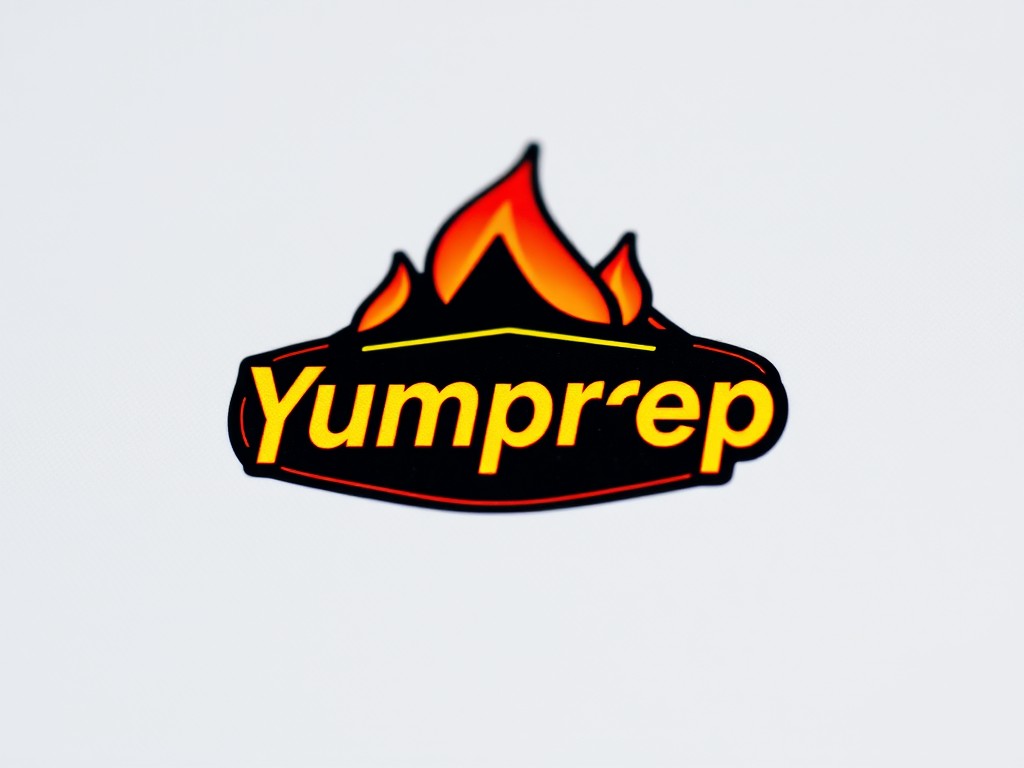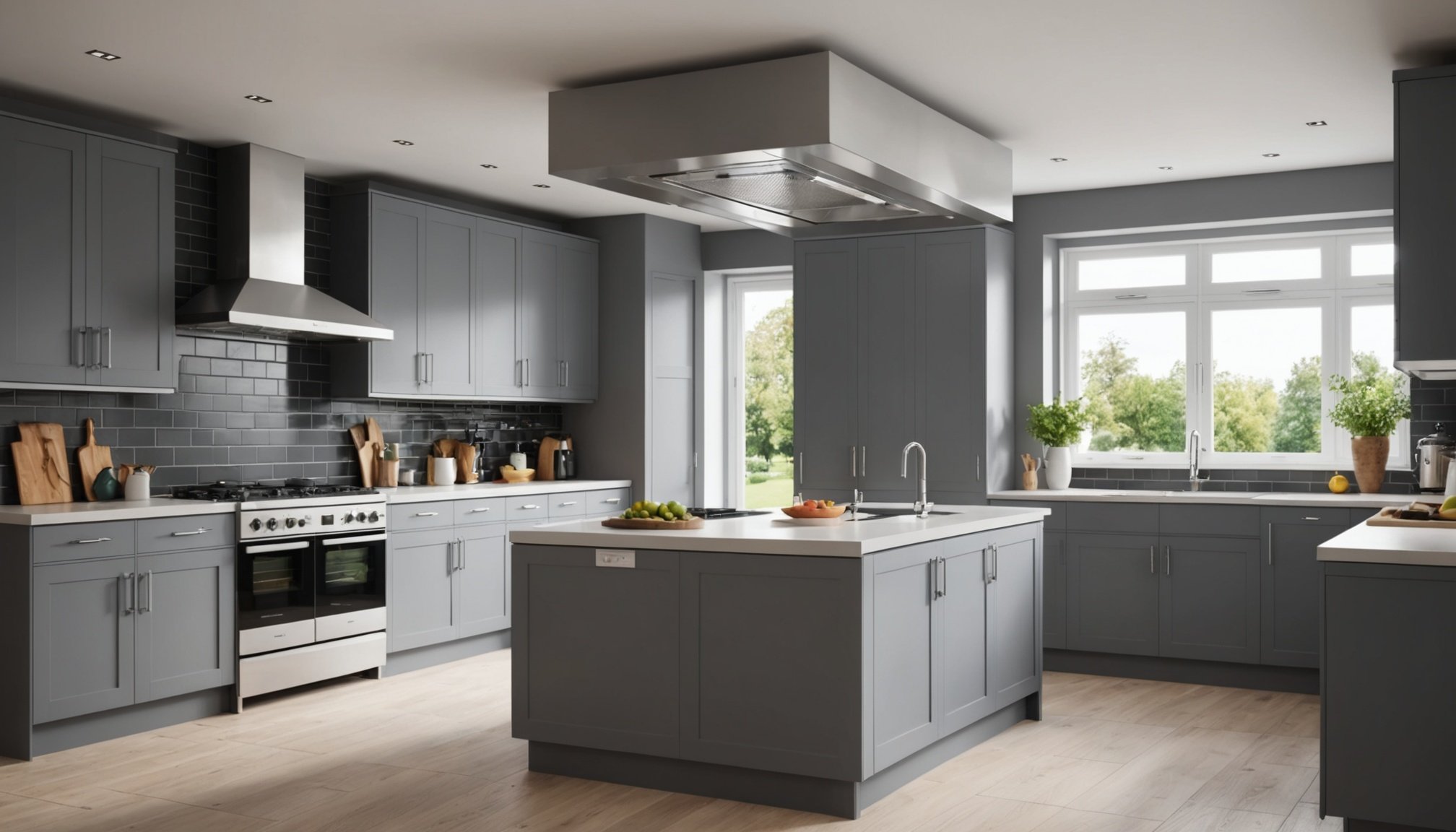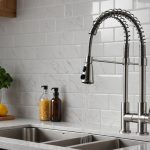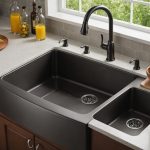Installing a Heat Recovery Ventilation (HRV) system in your UK kitchen enhances air quality and energy efficiency. This guide covers essential steps to ensure a successful installation, from assessing your space to selecting the right components. By understanding ventilation requirements and adhering to UK regulations, you can create a healthier home environment. Follow these guidelines to maximize the effectiveness and efficiency of your new system while minimizing common installation pitfalls.
Overview of Heat Recovery Ventilation Systems
Exploring the benefits and workings of HRV systems in kitchens.
Also to see : Essential Safety Guidelines for Installing a Gas Stove in a Small Kitchen Space
Definition and Purpose of HRV Systems
Heat Recovery Ventilation (HRV) systems are designed to enhance indoor air quality by efficiently exchanging stale indoor air with fresh outdoor air. This process is crucial in maintaining a healthy living environment. An HRV system not only provides fresh air but also recovers heat from the outgoing air, ensuring energy efficiency. This makes it particularly beneficial for kitchen ventilation, where odors and humidity are prevalent.
Benefits of Installing HRV in Kitchens
Incorporating an HRV system in the kitchen offers several advantages:
Also to discover : Essential Kitchen Features for Passionate Bakers: Elevate Your Baking Experience!
- Energy Efficiency: Reduces heating costs by recovering heat from exhaust air.
- Improved Air Quality: Constantly refreshes air, reducing pollutants and odors.
- Humidity Control: Helps manage moisture levels, preventing mold growth.
Overview of How HRV Systems Work
An HRV system operates by using two separate air streams. One stream extracts stale air from the kitchen, while the other brings in fresh air. A heat exchanger within the unit transfers heat from the outgoing to the incoming air, maintaining a comfortable indoor temperature. This process ensures that energy is not wasted, aligning with modern sustainability goals. By understanding these systems, homeowners can make informed decisions about improving their indoor environment.
Preparation for Installation
Ensuring a smooth setup for your HRV system.
Assessing Kitchen Space and Layout
Before beginning the installation preparation for an HRV system, it's crucial to evaluate your kitchen's space and layout. This involves identifying suitable locations for the unit and ductwork. Ensure there is enough room to accommodate the system without disrupting existing structures. Proper planning and measuring can prevent complications during the installation process.
Tools and Materials Required
A successful HRV installation requires specific tools and materials. Here's a concise list:
- Drill and drill bits
- Screwdriver set
- Measuring tape
- Ducting and clamps
- Sealant and insulation
Having the right tools on hand is essential for a smooth DIY installation. It minimizes delays and ensures all components are securely fitted.
Importance of Planning and Measuring
Planning and measuring are foundational steps in the installation preparation process. Accurate measurements ensure that the HRV system fits perfectly and operates efficiently. This step also helps in determining the length and path of ductwork, which is crucial for optimal performance. By meticulously planning, homeowners can avoid costly mistakes and achieve a seamless integration of the system into their kitchen environment.
Step-by-Step Installation Process
Guidance on effectively setting up your HRV system.
Setting Up the Ventilation System
HRV Installation Steps begin with setting up the ventilation system. Position the HRV unit in a location that allows for optimal airflow. Ensure that the area is accessible for maintenance. Use a sturdy mount to secure the unit, making sure it's level to prevent operational issues. This is a critical step in the installation guide to ensure the system functions efficiently.
Installing Ductwork
Properly installing ductwork is essential for the HRV Installation Steps. Begin by measuring the required length of ducts, then cut and fit them to connect the HRV unit with external vents. Ensure all ductwork is sealed and insulated to prevent energy loss and maintain system efficiency. This step in the installation guide is crucial for preventing air leaks and optimizing performance.
Connecting the Heat Exchanger
When connecting the heat exchanger, follow these HRV Installation Steps carefully. Securely attach it to the unit, ensuring all electrical connections are correctly installed. Adhere to safety measures, such as turning off power during installation, to prevent accidents. This part of the installation guide ensures the HRV unit operates safely and effectively, providing the desired benefits.
- Mounting Techniques
- Sealing Ductwork
- Electrical Safety
System Optimization Tips
Enhancing HRV Performance and Energy Efficiency in your kitchen.
Adjusting Airflow Settings
To optimize your HRV system, begin by adjusting the airflow settings. This ensures that the system operates at peak performance. A well-tuned system provides adequate ventilation without unnecessary energy consumption. Consider seasonal adjustments; increase airflow during high humidity months and decrease it during cooler, drier periods. This balance maintains energy efficiency while ensuring a comfortable indoor environment.
Regular Maintenance Practices
Consistent maintenance is vital for sustaining HRV performance. Regularly clean or replace filters to prevent blockages and maintain air quality. Inspect ductwork for any leaks or damage, as these can significantly affect energy efficiency. Schedule periodic checks of the heat exchanger to ensure it's functioning correctly. A well-maintained system not only performs better but also extends its lifespan.
Integrating HRV with Existing Kitchen Appliances
Integrating your HRV system with existing kitchen appliances can further enhance energy efficiency. Aligning the operation of your HRV with kitchen exhaust fans can optimize airflow management. This coordination reduces energy waste and improves overall system performance.
- Airflow Settings
- Regular Maintenance
- Integration Techniques
By following these tips, homeowners can ensure their HRV systems run efficiently, providing the maximum benefits in their kitchens.
Compliance with UK Regulations
Ensuring adherence to standards for safety and efficiency.
Overview of Relevant UK Regulations for HRV Systems
Heat Recovery Ventilation (HRV) systems must comply with UK Building Regulations to ensure safety and energy efficiency. These regulations set standards for ventilation rates, installation practices, and energy recovery performance. Adhering to these guidelines is crucial for homeowners and installers to avoid penalties and ensure the system functions optimally.
Importance of Compliance to Ensure Safety and Efficiency
Compliance with UK Building Regulations is paramount for maintaining HRV system safety and efficiency. Non-compliance can lead to inadequate ventilation, increased energy costs, and potential health risks. By following these compliance guidelines, homeowners can ensure that their systems not only meet legal requirements but also contribute to a healthy indoor environment.
How to Check for Local Building Codes and Requirements
To ensure compliance with HRV standards, it is essential to check local building codes. Contact local authorities or consult with certified professionals who are knowledgeable about UK Building Regulations. A thorough understanding of these requirements will facilitate a smooth installation process and guarantee that the system meets all necessary standards.
- Ventilation Rates
- Energy Recovery Performance
- Installation Practices
By following these steps, homeowners can confidently install an HRV system that complies with all relevant regulations.
Safety Considerations
Ensuring a secure installation environment.
Importance of Safety Gear During Installation
When installing an HRV system, using appropriate safety gear is essential. This includes wearing gloves, safety goggles, and protective clothing to prevent injuries. Safety gear is crucial in shielding installers from sharp tools and materials. Moreover, it offers protection against accidental contact with electrical components, reducing the risk of shocks.
Identifying Hazards Related to Electrical Connections
Electrical safety is paramount during the installation process. Identifying potential hazards, such as exposed wires or faulty connections, is vital. Ensure that all electrical components are properly insulated and grounded. Always turn off the power supply before handling any electrical parts to prevent accidents.
Ensuring Proper Ventilation During Installation
Proper ventilation during installation is necessary to maintain a safe working environment. This prevents the accumulation of dust and fumes, which can pose health risks. Ensure that the workspace is well-ventilated, either naturally or with the aid of fans. This step is crucial not only for safety but also for ensuring the HRV system functions optimally once installed.
- Wear safety gear: Gloves, goggles, protective clothing
- Check electrical connections: Insulation, grounding, power off
- Maintain ventilation: Open windows, use fans, monitor air quality
By adhering to these safety tips, you can ensure a secure and efficient installation process.
Troubleshooting Common Issues
Identifying and resolving concerns with your HRV system.
Identifying and Resolving Airflow Problems
HRV troubleshooting often starts with addressing airflow problems. Reduced airflow can stem from clogged filters or blocked ductwork. Regularly inspect and clean filters to ensure optimal performance. Check duct connections for obstructions or damage. If airflow issues persist, consider consulting a professional to assess the system's configuration.
Fixing Noise Issues with HRV Systems
Noise issues in HRV systems can be disruptive. Common culprits include loose components or improperly installed ductwork. Ensure all parts are tightly secured and ducts are properly insulated. If the noise persists, inspect the fan and motor for wear and tear. Replacing worn components can often resolve these system issues.
Addressing Condensation and Moisture Concerns
Condensation and moisture can lead to common problems in HRV systems. Ensure that the system is correctly balanced to prevent excess humidity. Check for leaks in the ductwork and ensure the condensate drain is functioning. If moisture issues continue, consider upgrading to a unit with better humidity control features.
- Airflow Problems: Clogged filters, blocked ducts
- Noise Issues: Loose components, worn parts
- Moisture Concerns: System balance, duct leaks
By addressing these common problems, you can maintain an efficient and quiet HRV system.
Visual Aids and Resources
Enhancing understanding through detailed guides and community insights.
Importance of Diagrams and Videos in the Installation Process
Visual aids such as diagrams and videos play a crucial role in the installation process of HRV systems. They provide clear, step-by-step guidance, making complex procedures more accessible. By illustrating each stage, these resources help prevent errors and ensure a smooth installation. Homeowners can confidently tackle installation challenges by referring to these visual aids.
Recommended Online Resources for Additional Guidance
For comprehensive installation resources, several online platforms offer valuable HRV diagrams and tutorials. Websites dedicated to home improvement often feature detailed videos that break down the installation process. These resources are indispensable for both novices and experienced DIY enthusiasts seeking to enhance their understanding of HRV systems.
Accessing Community Forums for Advice and Support
Community forums provide a wealth of resources and support for those installing HRV systems. Engaging with these platforms allows homeowners to share experiences, ask questions, and receive advice from peers. The collaborative nature of forums fosters a supportive environment, making them an excellent resource for troubleshooting and gaining insights into the installation process.
- Diagrams: Step-by-step guides
- Videos: Visual tutorials
- Forums: Community support and advice
By leveraging these resources, individuals can ensure a successful and efficient HRV system installation.
Frequently Asked Questions
HRV FAQs to guide your installation and maintenance process.
Addressing Concerns About Energy Consumption
HRV systems are designed to be energy-efficient, but understanding their consumption is crucial. Typically, these systems use a small amount of electricity to operate fans and heat exchangers. However, the energy savings from reduced heating costs often outweigh this usage. If you're concerned, consider models with energy-saving modes or programmable settings to optimize efficiency.
Clarifying Installation Timelines and Costs
Installing an HRV system can vary in time and cost depending on factors like home size and system complexity. On average, professional installations may take a day or two. Costs can range from a few hundred to several thousand pounds. For DIY enthusiasts, preparation and installation help can reduce costs, but ensure you have the necessary skills and tools.
Discussing the Lifespan and Maintenance of HRV Systems
The lifespan of an HRV system typically ranges from 10 to 15 years with proper maintenance. Regular upkeep, such as filter changes and duct inspections, is essential to extend its life. Common questions often focus on maintenance frequency; it's recommended to clean filters every 3-6 months and schedule professional check-ups annually to ensure optimal performance.
- Energy Consumption: Efficient usage, potential savings
- Installation Timelines: Duration, cost considerations
- System Lifespan: Maintenance tips, longevity factors






